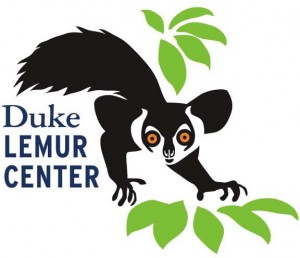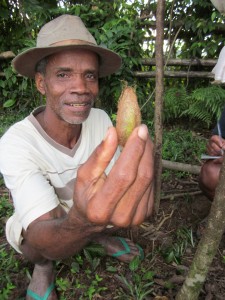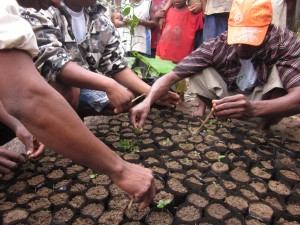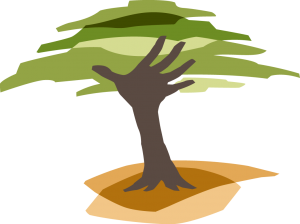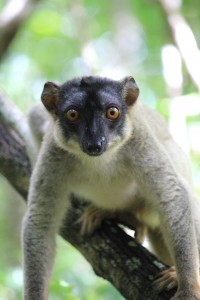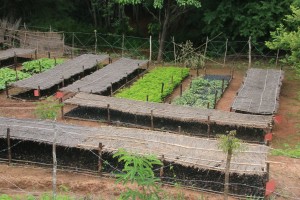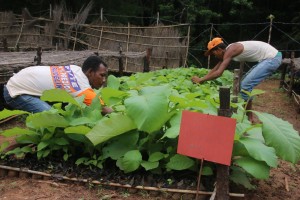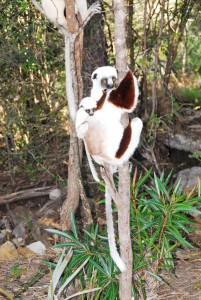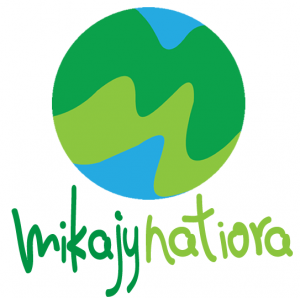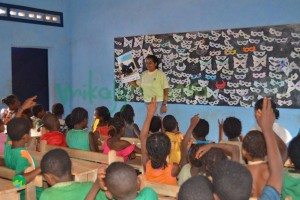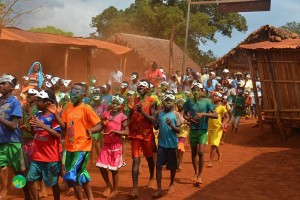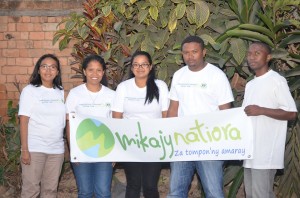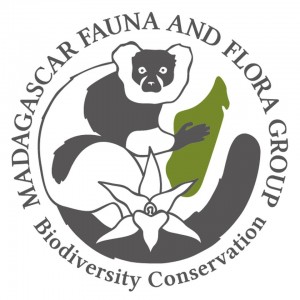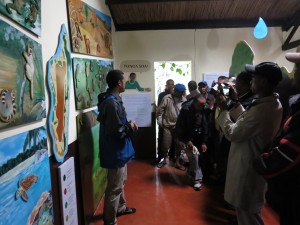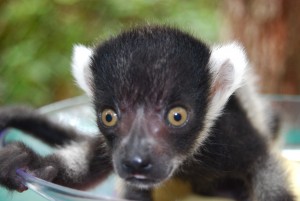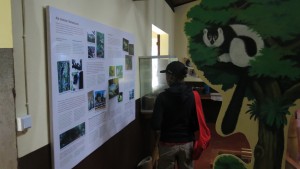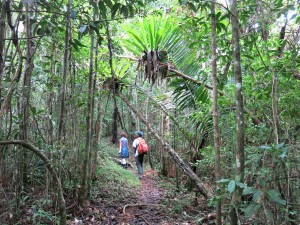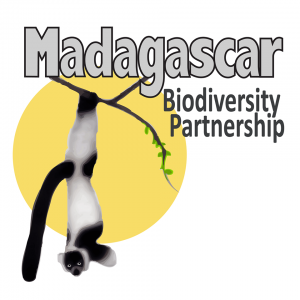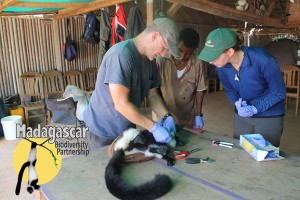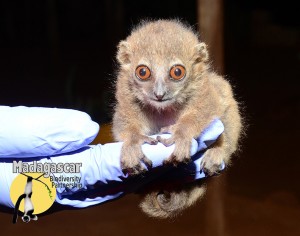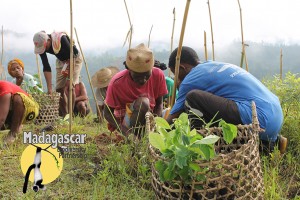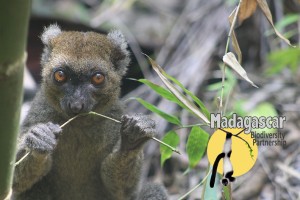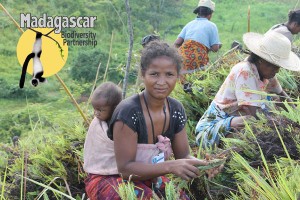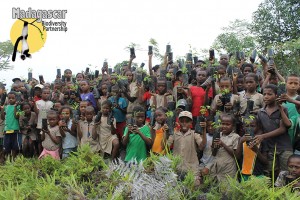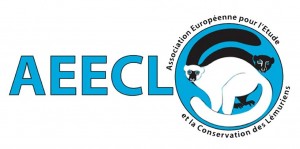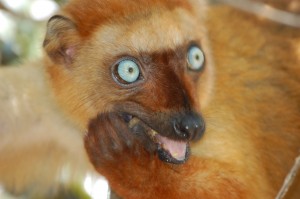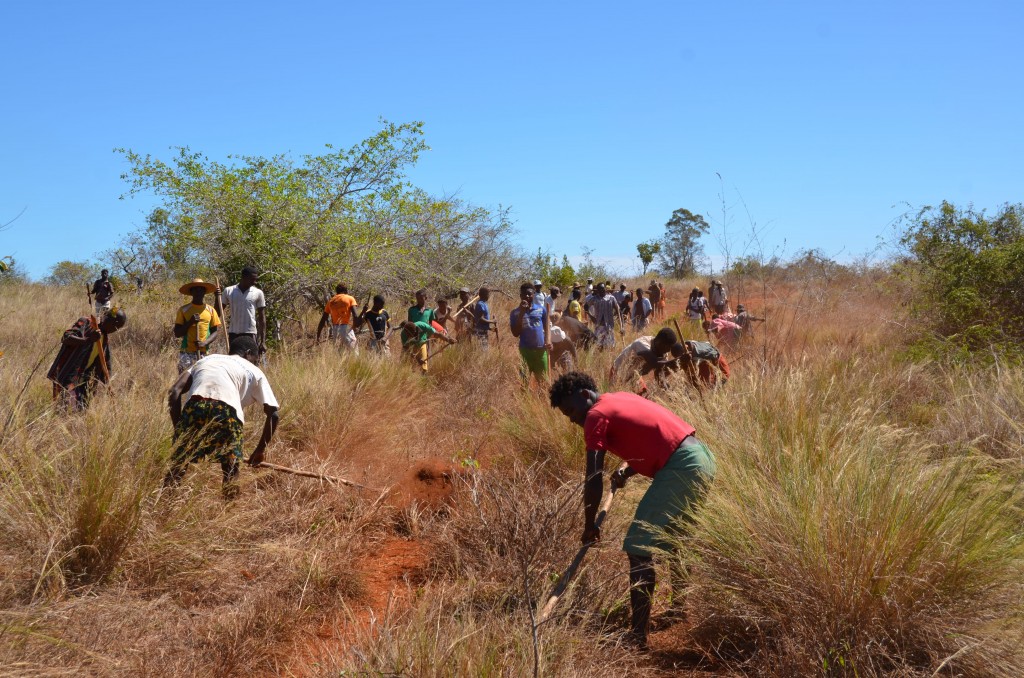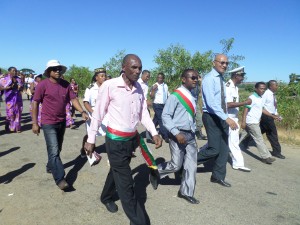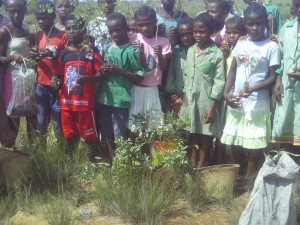Duke Lemur Center
What We Do
Founded in 1966, the Duke Lemur Center (DLC) at Duke University (Durham, North Carolina, USA) is an internationally acclaimed non-invasive research center housing over 200 lemurs across 14 species: the most diverse population of lemurs on Earth, outside their native Madagascar.
Because all of our research is non-invasive, the DLC is open to the public and educates more than 35,000 visitors annually. DLC’s highly successful conservation breeding program seeks to preserve vanishing species such as the aye-aye, Coquerel’s sifaka, and blue-eyed black lemur. Our Madagascar Conservation Programs study and protect lemurs (the most endangered mammals on Earth) in their native habitat. The Division of Fossil Primates examines primate extinction and evolution over time and houses over 35,000 fossils, including extinct giant lemurs and one of the world’s largest and most important collections of early anthropoid primates.
How We Protect Lemurs And Other Wildlife
DLC’s SAVA Conservation project is dedicated to preserving the natural biodiversity of Madagascar, especially its charismatic lemurs, by empowering local communities to be conservation leaders.
Collaboration with National Parks

Clear delineation of the park boundaries is essential to maintaining and monitoring the forest.
We’ve helped increase protection and monitoring of parks in Madagascar. For example at Marojejy, we have continued to sponsor clearing the park limits, painting trees, and hanging new signs for boundary demarcation, and a road-block barrier to prevent trucks from transporting precious wood out of the forest. We also help support monitoring work undertaken by village guards and park staff.
Manantenina near the Marojejy National Park lacks reliable sources of clean water because local sources are often contaminated with disease-causing microbes. We created a partnership agreement with the community to install a deep-water well that will maintain safe water even during the dry season.
Research
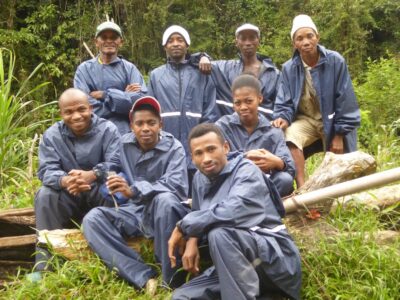
CURSA researchers and local forest managers in the COMATSA protected area of the SAVA region.
In collaboration with the local university (CURSA), we study lemur viability in protected areas in SAVA.
We have partnered with Malagasy PhD and Masters students on their thesis projects on the ecology and conservation of lemurs in the COMATSA, a corridor between Marojejy, Anjanaharibe-Sud, and Tsaratanana.
In addition to research in the forest on lemurs, the team conducts socio-ecological research with the communities. Through focus groups, key-informant interviews, and lemur awareness campaigns, the team is learning about how people use forest resources, especially the level of hunting.In collaboration with CURSA, we are studying the links between socioeconomics, agriculture, nutrition, and health.
Conservation Breeding Program
We maintain the world’s largest “genetic safety net” for endangered lemurs. At the Duke Lemur Center in Durham, North Carolina, USA we’re proud to have celebrated more than 3,405 births through our conservation breeding program since our founding in 1966.
What Lemur Species We Protect
At Duke Lemur Center we house the following lemur species for breeding and non-invasive research:
- Aye-aye (Daubentonia madagascariensis)
- Black and White Ruffed Lemur (Varecia variegata variegata)
- Blue-eyed Black lemur (Eulemur flavifrons)
- Collared Lemur (Eulemur collaris)
- Coquerel’s Sifaka (Propithecus coquereli)
- Crowned Lemur (Eulemur coronatus)
- Eastern Lesser Bamboo Lemur (Hapalemur griseus)
- Fat-tailed Dwarf Lemur (Cheirogaleus medius)
- Grey Mouse Lemur (Microcebus murinus)
- Mongoose Lemur (Eulemur mongoz)
- Red-bellied Lemur (Eulemur rubriventer)
- Red-fronted Lemur (Eulemur rufifrons)
- Red Ruffed Lemur (Varecia rubra)
- Ring-tailed Lemur (Lemur catta)
We also support research focusing on the Silky Sifaka (Propithecus candidus) a highly endangered lemur found in the north east of Madagascar.
How We Support Local Communities
Our goals are preserving natural environments as well as increasing sustainability and resilience. We achieve these goals through activities centered on education, reforestation, sustainable agriculture, fuel-efficient stoves, women’s health, and much more.
Environmental education (EE)
Fostering a generation of environmental stewards begins in the school classroom with Madagascar’s youth, and incorporating the environment into daily classroom instruction can lead to a generation of Malagasy people interested in and equipped to protect their natural heritage.
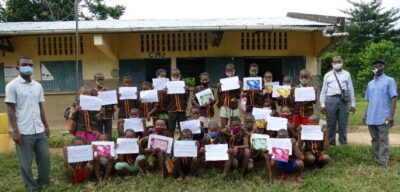
Children proudly display their Lemur Appreciation certificates after a school visit in Manantenina
We introduced an environmental education training manual originally developed by the Madagascar Flora and Fauna Group and the Ministry of Education. In partnership with skilled Malagasy educators, the DLC has introduced and trained school officials on the implementation of the educational curriculum into daily lesson plans. This approach ensures that the environmental education program is widely adopted from all levels of the education system. We want to ensure that the information is presented in a standardized and culturally sensitive manner, and therefore more readily adopted by the teachers on a daily basis. In collaboration with the school districts of Sambava and Andapa, we’ve conducted workshops with over 2,000 teachers to train them to incorporate environmental education into daily lessons.
Landscape Restoration
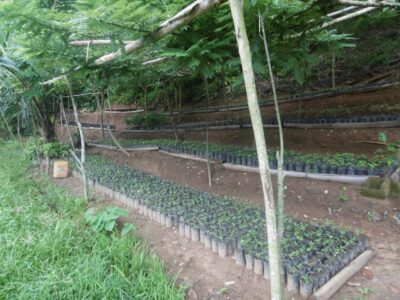
DLC sponsored tree nursery with the local school at Belaoka-Marovato, Andapa district.
We maintain tree nurseries with communities to supply high quality seedlings of diverse trees including over a dozen native species, cash crops like coffee, cloves, and cacao, and over a dozen fruit species. As of the writing of this article, we partner with five communities to maintain tree nurseries and support their reforestation efforts. Each nursery produces approximately 25,000 seedlings per year, which are distributed to the community members to plant on their lands and during group planting events. Our staff provide consultation on proper planting techniques and follow up evaluations to determine seedling survival.
We are partnered with local collaborators to maintain and monitor 4 reforestation plantations throughout the SAVA region, with over 59,000 trees planted on 20 hectares in 2021.
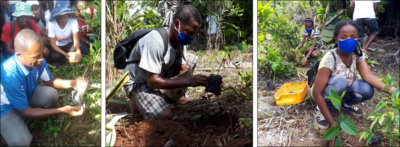
CURSA Director, Dr. MANJARIBE Christophe (left) demonstrates proper tree planting techniques with staff and students at their demonstration agroforestry field station.
Information campaign and distribution of fuel-efficient ‘rocket’ stoves
More than 80% of people in Madagascar use firewood or charcoal to cook. We partner with the Swiss organization ADES, which produces fuel-efficient stoves in Madagascar that burn 1/3 the biomass of firewood or charcoal compared to traditional stoves. Between 2020 and 2021 alone, over 500 households received training and subsidized stoves. Stoves are sold during demonstrations, and through local entrepreneurs serving as distributors. We are evaluating participants, and found 100% of users are satisfied and save 25-50kg of charcoal on average per month.
Women’s reproductive health
We maintain collaboration with British NGO Marie Stopes International, to support nurses visiting remote villages and providing consultation and services on women’s health and reproduction.

